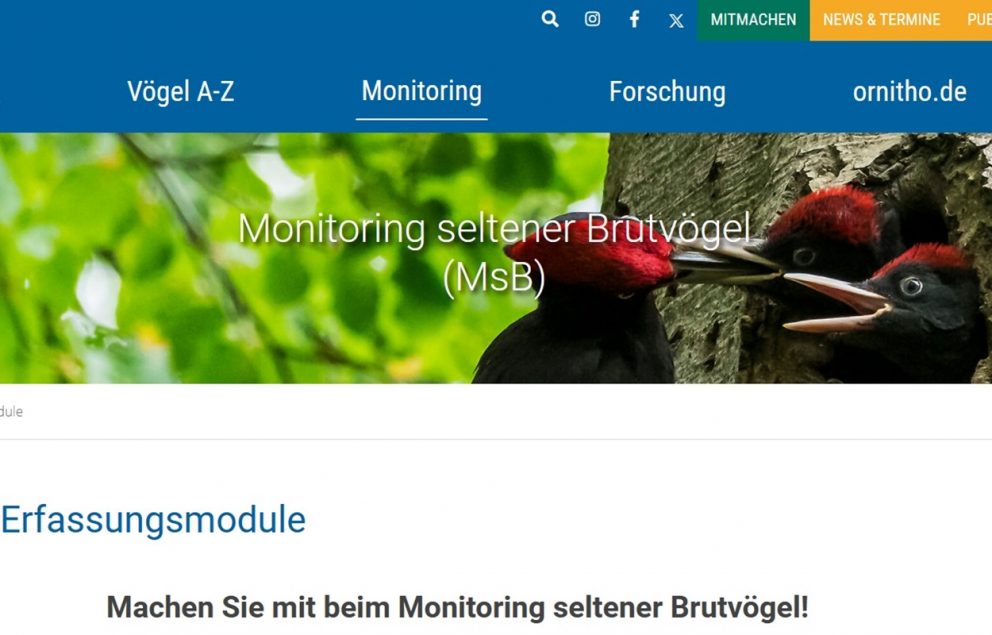
German Rare Breeding Bird Survey restructured
March 29, 2024 | alena.klvanova
In 2017, DDA (Dachverband Deutscher Avifaunisten), together with its partners, decided to restructure the German Rare Breeding Bird Survey to ‒ step by step ‒ develop a monitoring scheme that delivers site-based data, provide Germany-wide standardised field methods, follows a modular approach and enables a mobile digital data collection and transmission.
In the meantime, this modular approach allows for implementing various protocols for individual species, such as Grey Herons or Corncrakes, or small species groups, such as woodpeckers or reed-breeders, surveyed with tailor-made methods. For a current overview, see https://www.dda-web.de/monitoring/msb/module.
Almost all data is collected digitally via ornitho.de or – mainly – with the app NaturaList. This reduces the amount of “desk work” for surveyors and considerably speeds up the reflux of data, creating new feedback opportunities. This enabled DDA to introduce maps on its website documenting the data return from monitoring sites more or less “live”, with only a few minutes delay. This visualisation hopefully provides additional motivation for participants to contribute their “dot” to the map. Moreover, these maps provide indications of when target species get increasingly active in certain parts of the country and thereby can inform people about the suitable timing of their surveys.
The following links lead to examples of two protocols where considerable amounts of data were already collected in 2024.
Woodpecker protocols: https://www.dda-web.de/monitoring/msb/module/spechte
Grey Partridge protocol: https://www.dda-web.de/monitoring/msb/module/rebhuhn
The implementation of the “Live” maps was supported by the German Federal Agency for Nature Conservation (BfN) with funds provided by the German Federal Ministry for the Environment, Nature Conservation, Nuclear Safety and Consumer Protection (BMUV) in the project “Evaluierung und Konsolidierung des neuen Monitorings seltener Brutvögel” (FKZ 3522 60 0100).